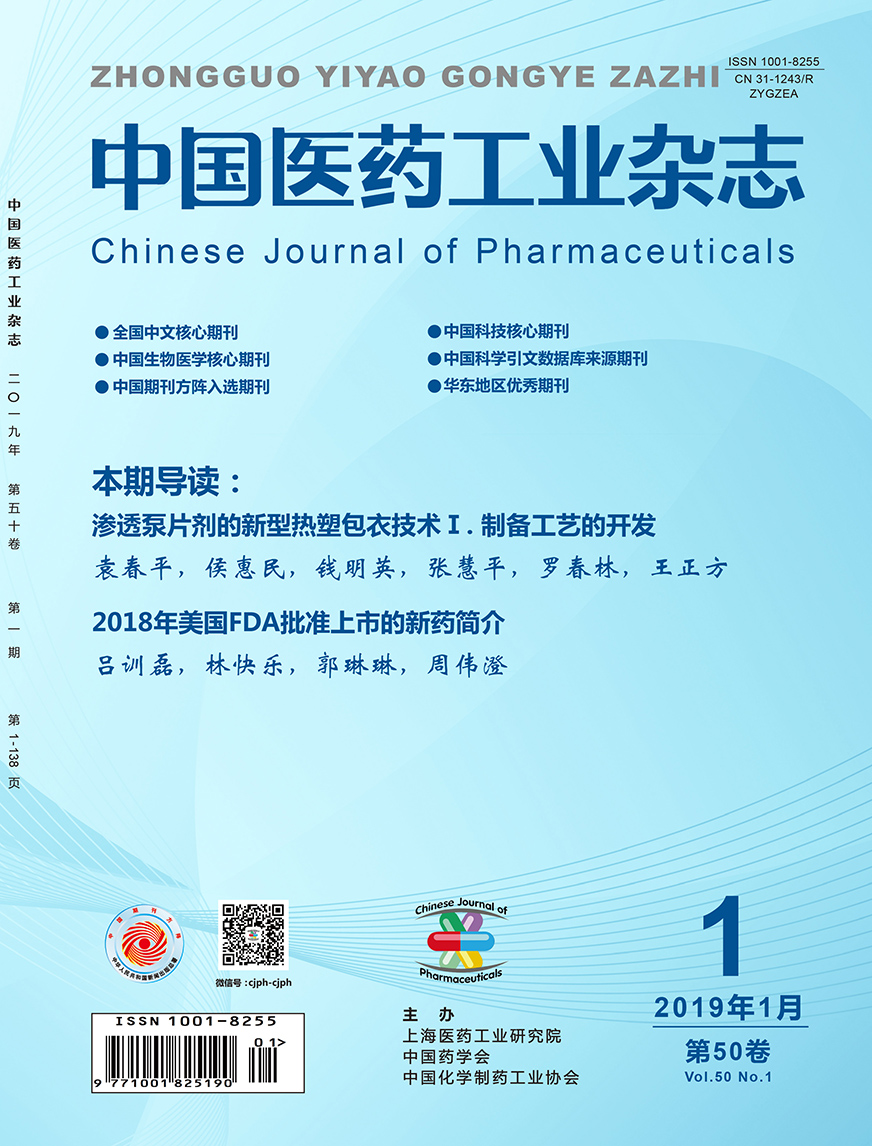Paper
LI Shumin1, WU Tingting1, WANG Xinglan1, ZHANG Jiquan1,2, TANG Lei2*
The antitumor drug gedatolisib was prepared by taking cyanuric chloride (2) as the starting material. Compound 2 reacted with morpholine in acetone/water to give 2-chloro-4,6-bis(morpholin-4-yl)-1,3,5-triazine, which was followed by a Suzuki coupling with 4-(4,4,5,5-tetramethyl-1,3,2-dioxaborolan-2-yl)aniline in the presence of Pd(PPh3)4 to afford 4-[4,6-bis(morpholin-4-yl)-1,3,5-triazine-2-yl]aniline. In this step, the amount of the catalyst Pd(PPh3)4 was reduced from 5% to 0.8%, the crude was purified by recrystallization in ethyl acetate. Then the latter was subjected to an amidation with N,N'-carbonyl diimidazole and a condensation with (4-aminophenyl)[4-(dimethylamino)- piperidin-1-yl]methanone to prepare the target compound with a total yield of 40.1%(based on 2). This process has short synthetic route, accessible materials, mild conditions and handy operations, which makes it suitables for the scale-up preparation.
